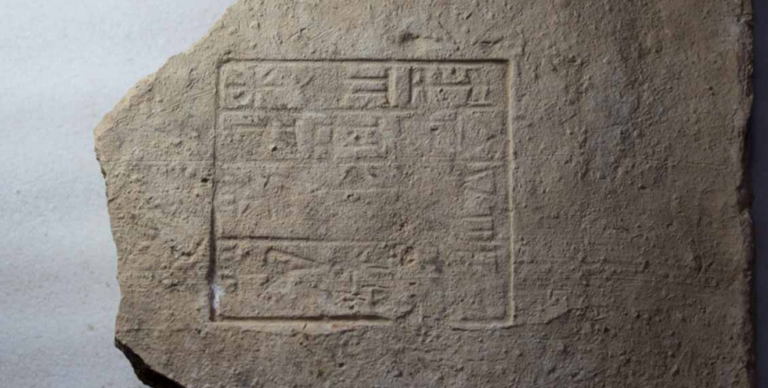A geomagnetic anomaly that occurred between 3,000 and 2,500 years ago has shed light on ancient Mesopotamia in a way that has never been explored before. Analysis of ancient bricks from Mesopotamia, specifically modern-day Iraq, point to a dramatic spike in the Earth’s magnetic field roughly 3,000 years ago. It is now the subject of a fascinating new study, which relies on archaeomagnetic techniques, i.e., extracting information about the strength and direction of the Earth’s magnetic field from ancient objects, and offers an alternative method of artifact dating.
These ancient Mesopotamian bricks, containing iron oxide, were employed to investigate the strength of the Earth’s magnetic field during the firing period. Scientists systematically erased the ancient magnetic signature from small fragments of the bricks through a process of heating and cooling, according to the study published in The Proceedings of the Natural Academy of Sciences.
Houthis threaten US Red Sea Coalition, vow no end to attacks unless Israel lets Hamas thrive
The bricks were then reheated, and the original magnetic field was replaced with one generated in the laboratory. This process enabled the researchers to establish a ratio between the object’s magnetic charge in the past and under controlled laboratory conditions.
Continue here: Ancient Origins
Ask me anything
Explore related questions





